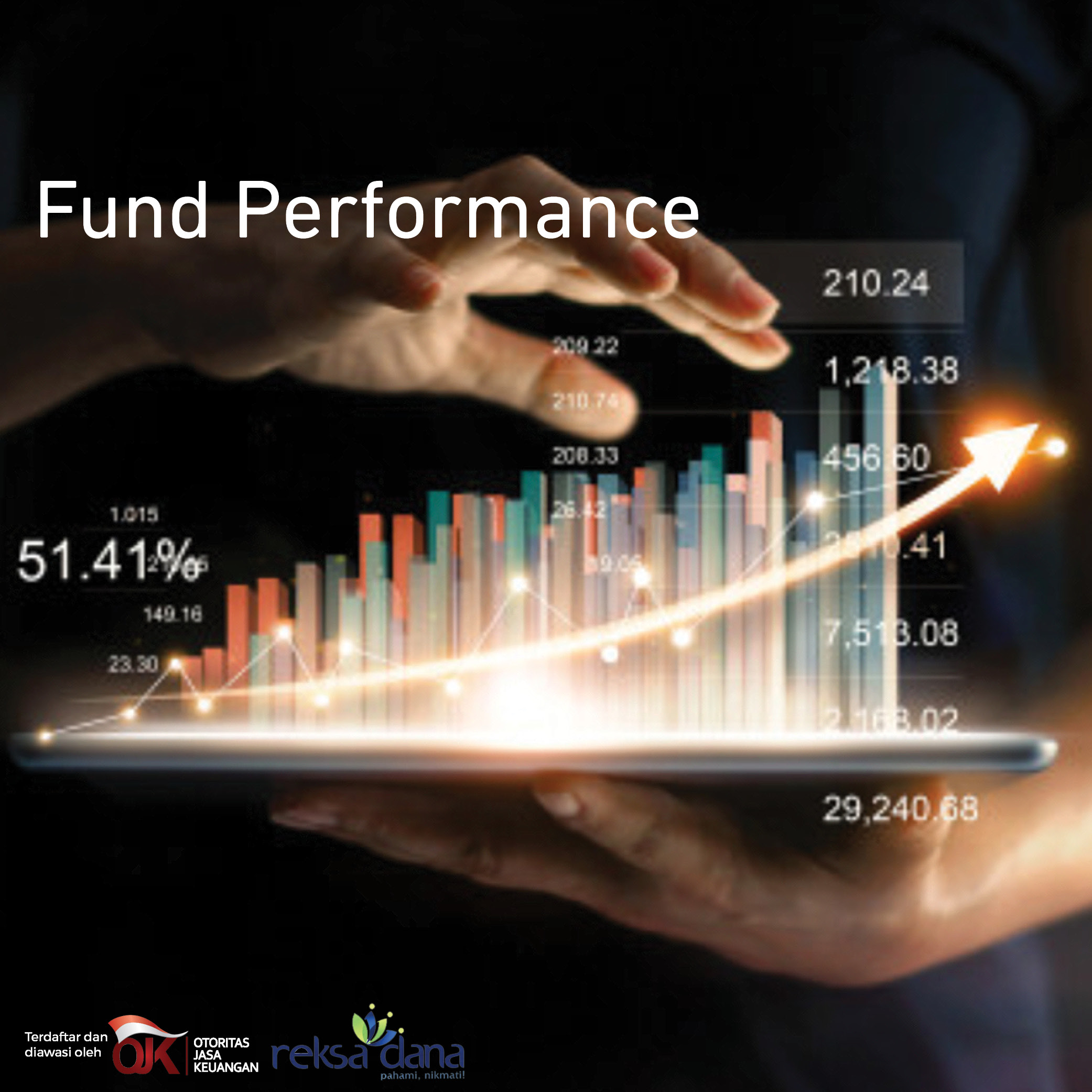Surplus remains
Current account balance posted a USD0.22 bn surplus in 1Q22 (0.07% of GDP) or lower than consensus at USD0.92 bn of surplus. Since 3Q20 due to pandemic, the import performance decreased significantly, as it brought surplus on current account. It plunged back to deficit in 1Q21 and 2Q21, then it bounced back and went third straight quarter of surplus until now. The thick trade surplus at USD11.1 bn underpinned the current account surplus. The rise of global commodity prices brought non-oil and gas trade surplus, despite a higher oil and gas trade deficit following the global oil price hike. However, service account achieved all time high of deficit at USD4.41 bn as the international travel restrictions loosened.
BoP reading in 1Q22
The balance of payments (BoP) recorded a deficit at USD1.82 bn in 1Q22. The deficit on BoP came from by the significant drop of current account balance to USD0.22 bn in 1Q22 (vs. USD1.49 bn deficit in 4Q21) due to the higher oil price and the drop of service account. As a commodity-exporting country, the global commodity prices hike still offset the 22.1% QoQ jump on oil price as Indonesia is net importer of oil. On the other hand, the capital and financial account brought BoP under pressure due to bond market outflows. However, the government was still able to maintain the position of foreign exchange reserves at USD139.1 bn in Mar-22 or equivalent to finance 7 months of imports and servicing government's external debt.
Border opening drags services account
Many countries open their borders for international visitors, as the Covid-19 containment is getting better. Not to mention some of them are no longer economically afford to stay closed. Thus, Indonesian travelers and businesses across borders picked up in response to looser international travel restrictions and the reopening of the umrah pilgrimage. It was indicated by the widening deficit in transports as the biggest component or built up around 21.4% of total services account. The deficit was at USD1.79 bn or almost hit its pre-pandemic level at USD2.08 bn in 4Q19. Although the lifted international borders drag the services account to deficit, tourism sector can be benefitted and it may contribute to the current account surplus through the primary income account in next quarters.
Deficit on financial account
The financial account posted a deficit at USD1.70 bn (vs USD2.25 bn surplus in 3Q21). The deficit mostly came from the net outflow of other investment, which was USD3.36 bn, due to the increase of trade credit and placements in foreign currency assets given persistently strong export activity. However, the deficit is smaller than the previous quarter as a more conducive investment climate attracted a net inflow of direct investment totaling USD4.46 bn in 1Q22 (vs USD3.78 bn in 2Q21). On the contrary, the Russia-Ukraine war and the faster policy normalization in advanced economies triggered capital outflows of portfolio investment.
Good starter before back to full year deficit
After the commodity supply disruption from the Russia-Ukraine war subsides, we see the commodity boom effect will diminish from the current account balance. With more than half of world’s population is now vaccinated and plenty border restrictions have been lifted, Indonesia will face higher deficit in its services account, leading to current account deficit. Moving forward, we expect everything will go back to normal eventually; recovery of international trade, domestic higher fuel consumption, etc. Besides, the Fed’s monetary tightening policies have already spurred outflows from the Indonesian bond market. BI sees the current account balance will swing back to deficit in the range of 1.1-1.9% of GDP in 2022. More optimistic, we expect the CAD will be at 0.81% of GDP in 2022 as Indonesia experienced the good starter of current account surplus to start 2022, better than we predict before. All in all, the 1Q22 current account surplus still serves for Indonesia’s external resilience amid the global uncertainty.
















